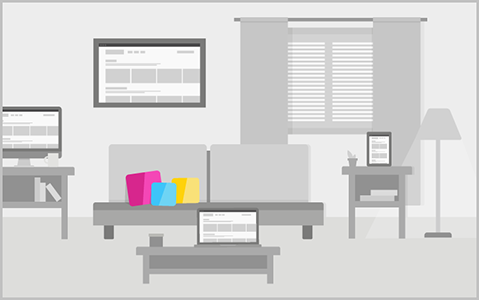What Should You Look for in a Customer Data Platform?
April 27, 2018Interest in customer data platforms (CDPs) has exploded in the past five years. With good reason, because CDPs solve perhaps the most pernicious problem facing marketing: how to unify siloed customer data into an easily accessible and regularly updated golden customer record. The problem is that although interest has increased, there is a lack of clarity about what capabilities a CDP needs to be worthy of the name.
Part of this confusion is intentional. There are many solutions already in the marketplace, like CRMs and data warehouses, that can integrate and manage some portion of a customer’s data. Early definitions of a CDP called it a data management platform (DMP) plus a CRM. This definition misses the mark. The reason it does is because the definition only focuses on one part of what makes a CDP a CDP: data ingestion and unification.
The reality is that a customer data platform does far more than ingest and unify customer data. It does those things too, but the core difference between a CDP and other solutions lies in its ability to make complete and linked customer data easily accessible to the business and ever-expanding digital requirements. With analysts going on record as predicting 2018 will be the “year of the customer data platform RFP,” it’s important that companies understand what they should be looking for when they request proposals from vendors.
What a Customer Data Platform Really Is
A customer data platform is unlike other solutions on the market today. Traditional data management technologies, such as data warehouses, are backwards-looking and collect only summary data. This limits marketers and other business users in their ability to engage with consumers. CDPs are different because they ingest, clean, and link data at real-time speeds. In some cases, deploying a customer data platform can reduce the time to receive clean customer data from days down to mere minutes or seconds.
CDPs also ingest all types of data, regardless of source. What this means in practice is that a customer data platform accepts streaming and batch data equally. It also operates as a single point of data control, meaning that CRMs, data management platforms, tag management solutions, social media, and other data sources can all tie into a CDP.
This data linkage makes a customer data platform the central clearinghouse for everything that is knowable about a customer. Visibility into the entire customer lifecycle is the key for better engagement. With all the customer’s data in one place, companies are now prepared to engineer exactly the experience they want their customers to have in real time.
What Capabilities Should a Customer Data Platform Have?
For a solution to really be considered a customer data platform, it needs to have specific technical capabilities that support the growing and challenging requirements of digital engagement. Specifically, a customer data platform must:
- Ingest both streaming and batch data. Customer data platforms are designed to accept any form of data, at any pace, in any volume. This flexibility in type and volume of data is crucial to unifying data across silos.
- Manage customer data in real time. One of the most powerful aspects of a CDP is the ability to build and maintain a golden customer record at the speed of the consumer. The “golden customer record” includes every touchpoint or proxy identity the consumer presents, as well as a transactional record that includes behavioral and other triggers. A proxy identity could be a cookie, a social media handle, or even a smartwatch. A transactional record is a history of all transactions and interactions that the person represented by the proxy identity has had with the brand.
- Maintain the golden customer record. Canonical customer records are only good if they’re kept updated. Any CDP worth the name needs to have the ability to keep each centralized customer record up-to-date at any pace, whether that is in minutes, seconds, or on demand.
- Allow easy access to unified customer data. One of the key benefits of a customer data platform is accessibility. Most companies limit access to their data stores. This practice keeps data secure, but it also makes it harder for marketers and other end-users to react to customer inputs. CDPs allow business users to more readily access customer data when they need it. This accessibility is a key facet of any customer data platform.
Customer data platforms are a powerful solution to a new version of an old problem. But because CDPs are comparatively new, there is still rampant confusion in the marketplace. This is problematic because CDPs have a starring role to play in ensuring companies create transformative experiences for their customers. It’s for this reason that companies need to understand the capabilities of CDPs and how best to judge whether a solution fits their needs or not.


